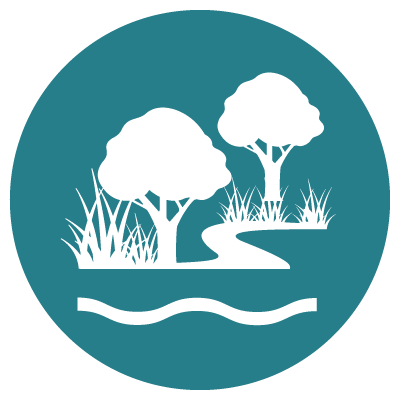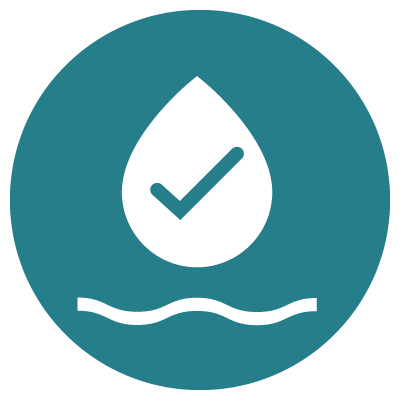Waterways are great places for birdwatching
Birds provide a natural soundtrack and other pleasures through their colours, calls, flight and behaviours. People enjoy birdwatching, and birds provide important ecosystem functions such as pollination, seed dispersal and regulation of insect populations.
Many waterfowl, shorebirds, raptors and bush birds call the Melbourne region home and thousands of migratory birds travel here annually from around the world. Wetlands, rivers and estuaries support many rare and threatened endemic bird species, including the Brolga, Australasian Bittern, Freckled Duck, Little Tern, Powerful Owl and Orange-bellied Parrot.
Birds are measured through surveys
Measuring the bird key value incorporates bird species richness, abundance (reporting rate), breeding activity and conservation status (rare or threatened species).
Community volunteers with Birdlife Australia make a significant contribution to our knowledge of the health of bird populations across the region. The current condition baseline in the Healthy Waterways Strategy was informed by the 10,000 standardised surveys conducted at 235 sites by trained volunteers in our region over the preceding five years. Birdlife Australia recruit teams of volunteer birdwatchers for nominated sites, produce training materials and collate and audit their data before sending this to Melbourne Water.
See the Birdata site by Birdlife Australia, for more information on recent bird observations.
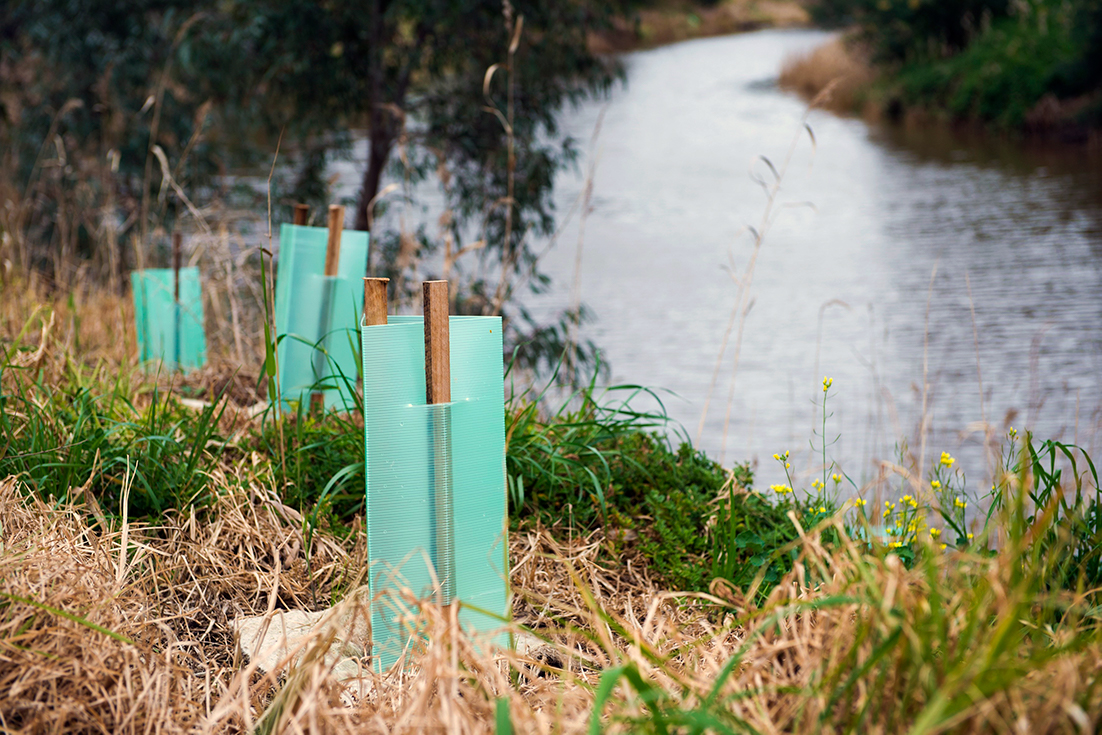
Intervention monitoring: Revegetation improves habitat for streamside birds - but it takes time
Birdlife Australia has been monitoring key revegetation sites for Melbourne Water to determine how long it takes to detect an improvement in streamside bird community after willow removal works have taken place.
Bird condition baseline and targets
2018 baseline: the streamside bird community ‘condition’ was determined with a metric, calculated from bird surveys over the previous five years, and tested against expert opinion to describe the current state of our birds. Wetland bird community condition was determined using AVIRA. An improved wetland bird metric has been developed that is based on survey data and this will be used in the future to assess wetland bird condition.
2068 target: the target represents where we want to be in 50 years and is what can be achieved with an increase in coordinated, collaborative and targeted effort to address managing vegetation and pests, urban stormwater pollution, and water regime.
Without additional effort, the condition of existing bird populations across the majority of the region’s waterways, wetlands and estuaries is expected to decline as urbanisation and climate change impacts continue.
Even with the existing effort and resources of waterway managers, agencies and community, it will be extremely difficult to maintain all the waterway values everywhere. This knowledge provides a definitive call to action, and confirms that aligned, increased and collaborative efforts will be needed over the next 10 years.
Bird populations will take some time to respond to environmental changes that are brought about through attaining the performance objectives. It may not be possible to detect improvements in birds over the 10-year timeframe of the strategy. However, evaluation and reporting of bird data will be undertaken to inform progress at mid-term and towards the end of the Healthy Waterways Strategy.
For more information on the bird metrics and the monitoring program rationale see the Monitoring and Evaluation Plans for Rivers, Wetlands and Estuaries.
Number of waterways in each catchment by bird score
Hover, click or tap (on mobile) the charts below to view more information.
Baseline and trajectories in Rivers
Baseline and trajectories in Estuaries
Baseline and trajectories in Wetlands
Conceptual models show the links between waterway conditions and birds
Conceptual models are a summary diagram that simply illustrate which environmental conditions are most important for the health of bird communities. The diagram below also shows which conditions are most affected by climate change and urbanisation. Management actions that can improve environmental conditions are linked via box colours.
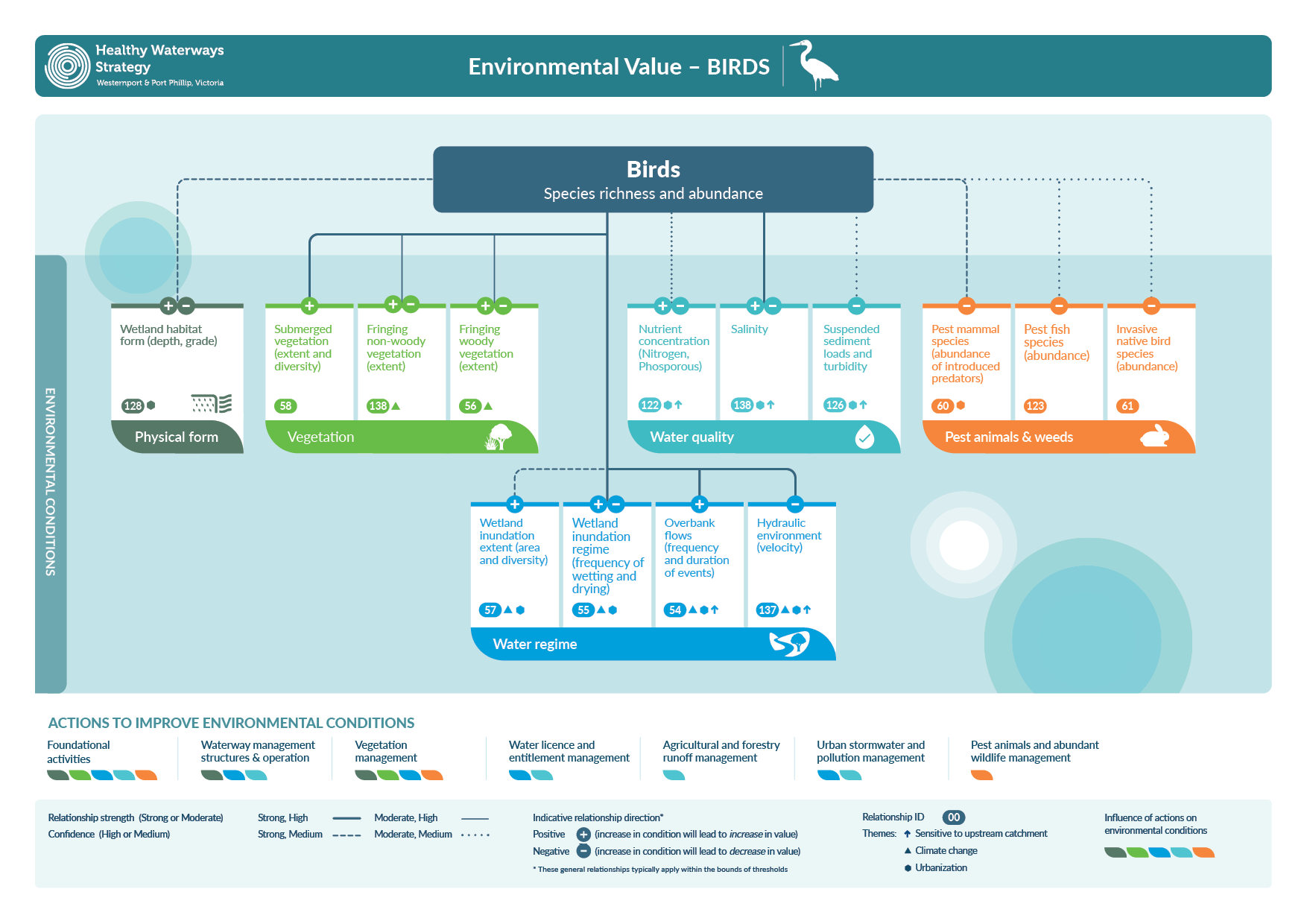
Download the birds conceptual model (PDF 365 KB)
More information on the conceptual models can be found in the Healthy Waterways Strategy Resource Document.
Changes in waterway conditions can have a big impact on birds
The conditions that influence birds are described below. Some of the more important ones are monitored over time so that we can track whether actions taken in the strategy are leading to improvement.
Physical form
Having a broad range of sizes and types of fresh and saline billabongs and wetlands is important for supporting large numbers of diverse bird species. Broad open mudflats in estuaries are used for feeding at low tide by many waterbird and shorebird species.
Shallow ephemeral wetlands and salt-pans near the coast can be especially valuable for shorebirds that feed from tidal or non-tidal habitats, as they allow feeding when high tides cover the mudflats. Other species prefer freshwater wetlands and billabongs or densely vegetated marshes, so habitat diversity is important.
Physical form is considered under the habitat condition. See waterway conditions - habitat to see how physical form is monitored.
Vegetation
Habitat loss and fragmentation through land clearance is a key threat for birds in the region. Vegetation provides birds with cover from predators, food sources and roosting and nesting sites. Large trees are important for riparian birds, especially when they contain hollows for nesting. Mature trees that overhang rivers and wetlands are also important nesting habitats for many waterbird species. Most shorebirds prefer large, open expanses or short grasses, reeds and sedges for feeding and roosting.
See waterway conditions - vegetation for more details on how this condition is monitored.
Water quality
Some waterbirds prefer saline wetlands while others prefer fresh water. Increases in suspended sediment impacts fish-eating birds by reducing visibility and therefore their ability to hunt.
See waterway condition - water quality for more details on how this condition is monitored.
Pest animals and weeds
Invasive predatory mammal species such as foxes, cats and dogs prey directly on adult birds, chicks, and eggs. Even the presence of introduced predators can deter birds from an area and prevent breeding. Weed encroachment alters bird habitat, making areas less suitable. Introduced fish such as European Carp damage wetlands by uprooting aquatic vegetation and stirring up sediments, reducing visibility for foraging waterbirds.
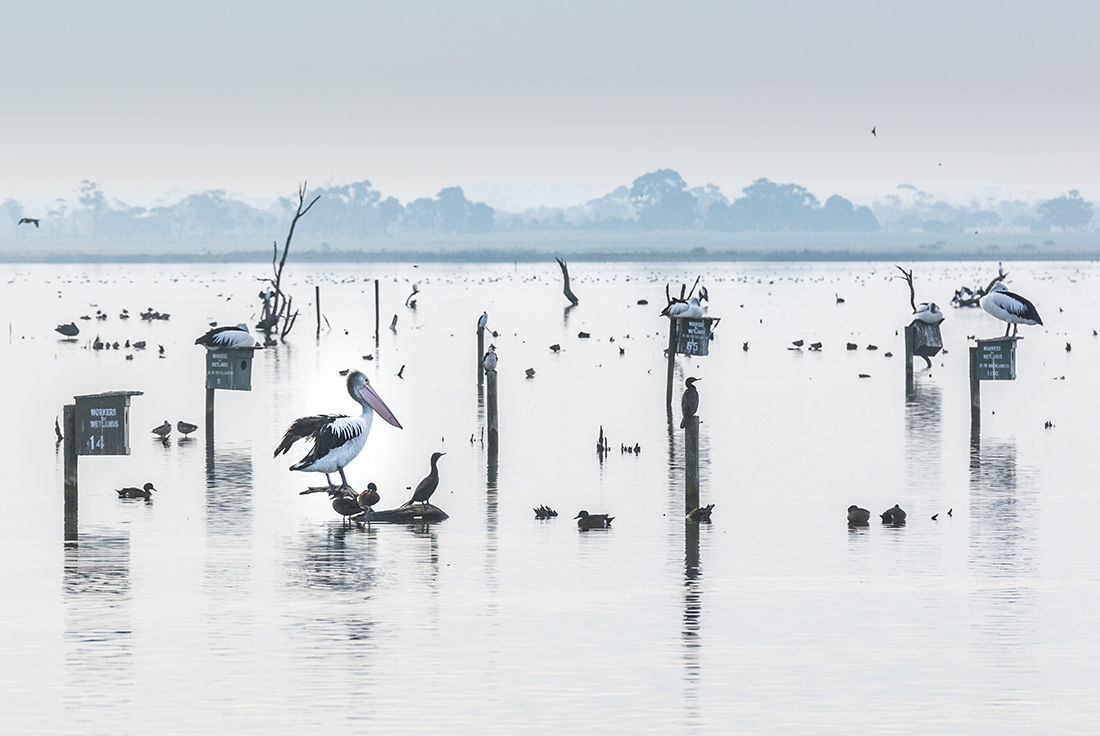
Actions that improve the condition of rivers, wetlands and estuaries for birds
There are a range of actions that can improve the health of birds and the performance objectives reported annually align with these. More information on how the strategy progress is tracking can be found in the Report Card.
Protect habitat
Improving habitat conditions for birds includes protecting existing riparian, wetland and estuarine habitat areas and investigating areas for new habitat in response to climate change and sea level rise.
In the Strategy, actions such as mapping specific wetland habitats so they can be more effectively managed and protecting roosting sites in estuaries will protect habitat for birds.
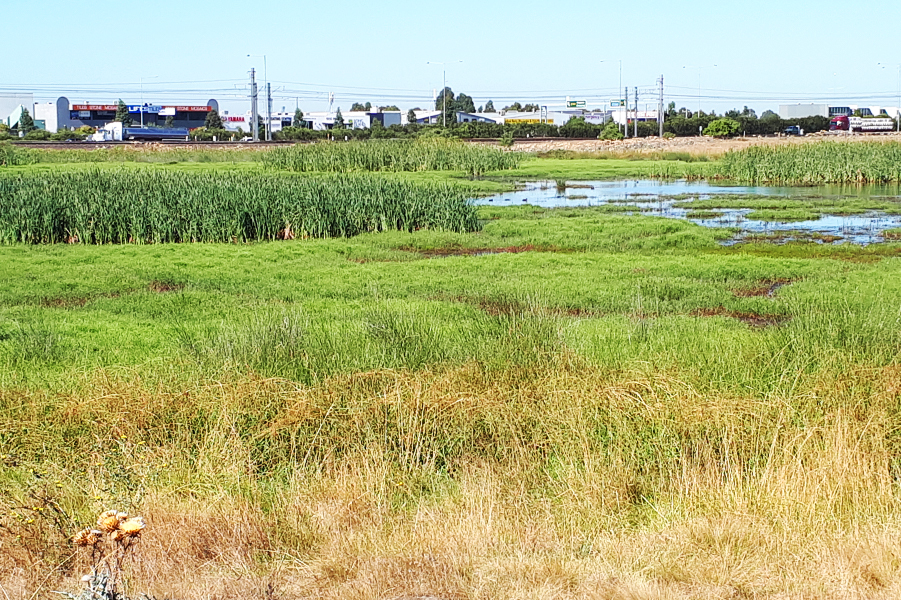
2020 Case study: Protecting our natural wetlands from urban growth
The 2019 Healthy Waterways Strategy Annual Report highlighted natural wetlands as being particularly vulnerable to impacts of urbanisation. Work has begun to highlight the issue more broadly and improve existing planning, policy and regulatory setting to improve protections.
Improve vegetation
Protecting existing high value vegetation and establishing continuous vegetation buffers along river reaches and around wetlands supports birds. Protecting mature trees and overhanging branches is especially important to provide perches, nesting and roosting locations.
In the Strategy, actions such as providing grants to private and public landholders for fencing and revegetation works in priority areas and around priority wetlands will improve vegetation condition for birds over time.
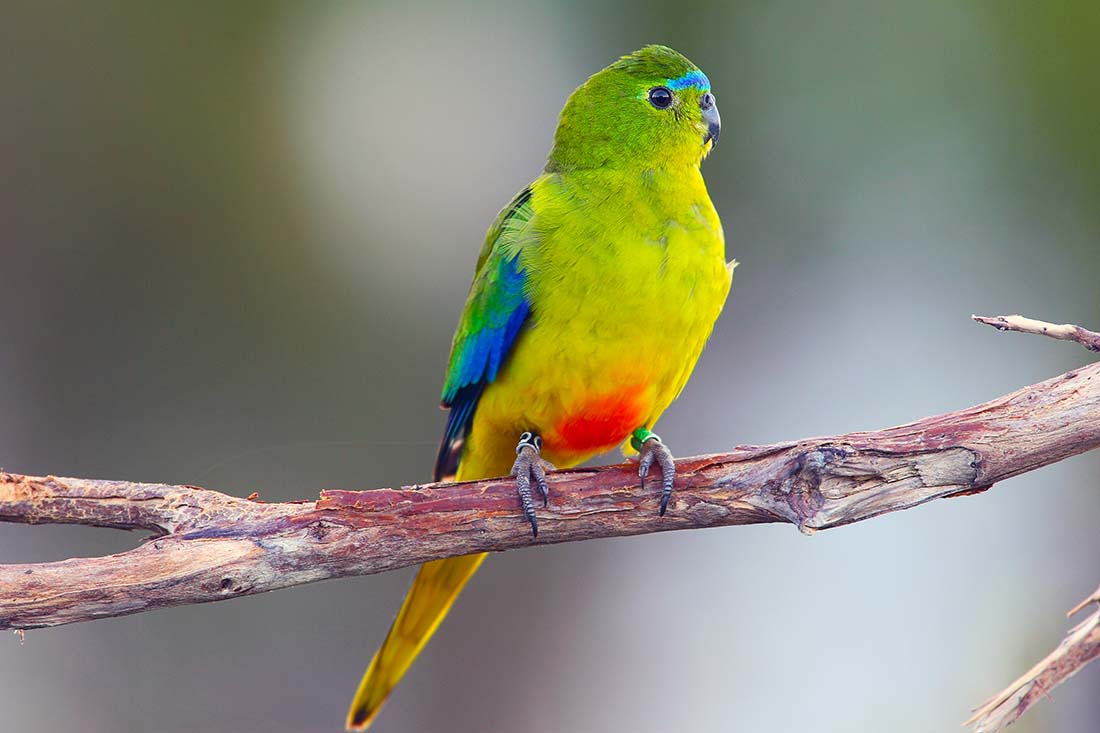
2021 Case study: Efforts to help the Orange-bellied Parrot
Orange-bellied Parrots (OBPs), a critically endangered species, are successfully being bred and released into the wild in the hope of increasing the wild population of this iconic species. Efforts are also being made to protect and restore habitats for the OBP such as coastal salt marsh on the northern shores of Port Phillip Bay.
Improve water for the environment
Improving the water regime for birds involves maintaining or improving flows to mimic natural conditions in rivers and preserving the natural watering regime of wetlands.
In the Strategy, actions such as retaining the natural hydrology of wetlands located in rural and urbanising areas and providing flows to periodically fill priority billabongs will help support birds.
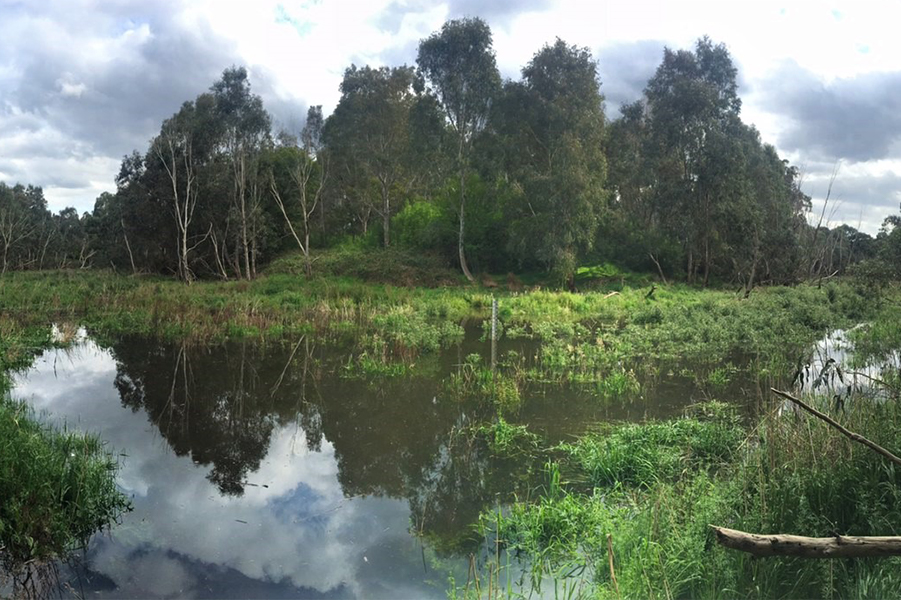
2020 Case study: Improving the management of billabongs in the lower Yarra using three-dimensional imagery
The mapping of billabongs in the lower Yarra using three-dimensional imagery will improve how we target actions to achieve the best ecological, social and cultural value outcomes.
Improve water quality
Urban stormwater and pollution management along with agricultural and forestry runoff management can improve water quality conditions for birds by reducing the volume of sediment and nutrients, and preventing unnatural changes in the flow regime.
In the Strategy, actions such as building stormwater treatment in the upstream catchment of priority wetlands will protect water quality to support birds and other values.
Manage pest animals and wildlife
Appropriate management of pest animals and other invasive wildlife will support bird values. This includes cat and fox control, controlling habitat disturbance from dogs, stock and humans, and management of weeds to maximise native vegetation.
In the Strategy, actions such as the control of pest predators such as foxes and cats are important to protect multiple values, including birds.

